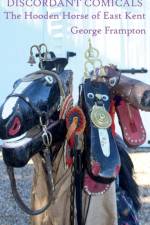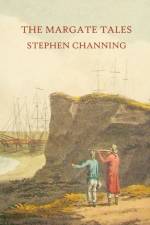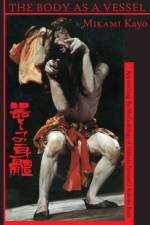- The Hooden Horse of East Kent
av George Frampton
441
Hoodening is an ancient calendar custom unique to East Kent, involving a wooden horse's head on a pole, carried by a man concealed by a sack. The earliest reliable record is from 1735, but other than Percy Maylam's seminal work "The Hooden Horse", published in 1909, little serious research has gone into the tradition. George Frampton has rectified this, by taking Maylam as a starting point then cross-referencing dozens of newspaper reports, census records and other accounts to build a comprehensive picture of who the Hoodeners were, why (and where) they did it, how it related to other folk traditions, and why the custom appeared to die out from time to time. He then goes beyond Maylam to look at the 'demise' of Hoodening in around 1921, its widely heralded 'revival' in 1966, and discovers that this narrative is in fact quite misleading, as several Hooden Horses were still active throughout that period. He includes descriptions of the current teams, and supplies plentiful appendices detailing past participants, places visited, songs performed, events on Hoodening's timeline, and the horses themselves. Full indices make it easy for modern Men and Maids of Kent to check whether their ancestors might have been involved, and detailed references make this an invaluable resource for social historians too.














